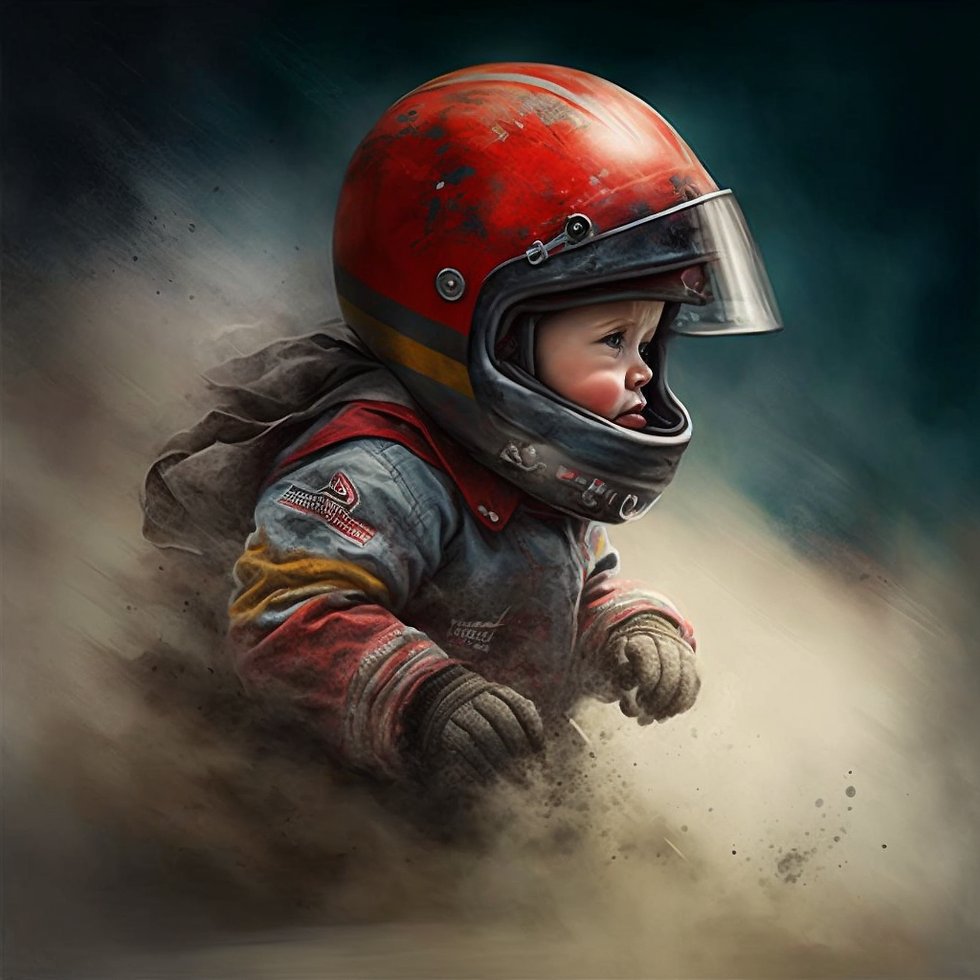Speed and Physics: The Art of Mastering Turns in Karting
- Eugene Panenko

- Dec 11, 2023
- 2 min read

Intro: The KartFreedom team and the online training course KartDriverPro offer an entirely new and unique format for karting education. The adaptive learning system allows for the maximum development of racers in all aspects: physical preparation, mental conditioning, racing simulators, studying mechanics, and, of course, honing racing skills on the track. Video materials, articles, documentation, secrets of racing mastery, and the development of the pilot's body—everything you need to elevate yourself to a new level—all in one place: KartFreedom KartDriverPro Academy. The first part will be released in 2024, and each of you will have the opportunity to gain access at a special price. You can order our first free article free.
7 secrets of success
In the world of karting, where seconds determine victory, the maximum speed in a turn becomes a pure expression of the laws of physics executed at the highest artificial level.
Grip Forces and Gravity: The grip of the tires on the asphalt is a battle between microscopic irregularities and gravity. This struggle is expressed by the equation of grip forces and the law of universal gravitation, where every kilogram of the kart and every asphalt molecule create their dance.
Center of Gravity and Balance: The center of gravity of the kart is a point where all forces and moments strive for a unified harmonious balance. Optimal balance is achieved by influencing the mass distribution points and adjusting chassis parameters.
Trajectory and Minimizing Losses: Physics guides us to the ideal trajectory in a turn through equations of motion and laws of conservation of energy. Each turn is analyzed considering arc length, incline angle, and minimizing kinetic energy losses.
Braking and Acceleration Forces: Using braking equations and Newton's second law, a kart driver creates an algorithm to combat braking and acceleration forces, carefully dosing every kilowatt of engine power.
Control at the Start of the Turn: Before entering the turn, inertia and angular velocity become figures in the turn-in equation. Weight management and precise distribution of the moment of inertia allow minimizing energy losses.
All these physical laws are just brushes in the hands of a virtuoso artist embodying the symphony of motion on the track. Each calculation, each adjustment – it's a strategy to conquer physical spaces where the driver and the machine become a unified whole, obeying the laws of physics in their unique dance on the edge of possibilities.
Join out team:
+14706414491
CEO, Coach, mechanic, driver, Eugene Panenko






Comments